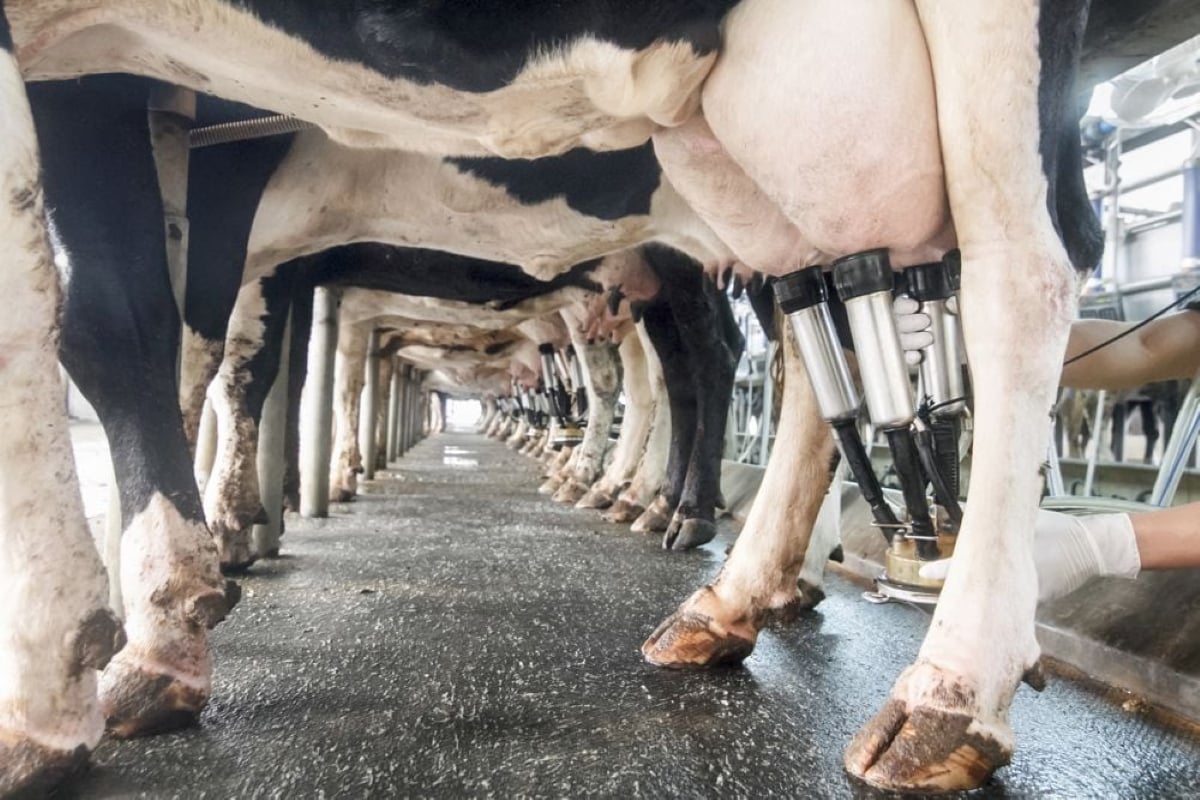ASHLAND, Kansas (Reuters) — Wheat yield prospects in southwest Kansas, a region suffering from years of drought, are roughly in line with last year but crops will need rain soon, scouts on an annual crop tour of the top wheat state in the United States said Wednesday.
Conditions varied widely, with some fields benefiting from partial irrigation or crop rotation practices. But weather forecasts were not encouraging with hot temperatures in the southern Plains early next week and minimal rain.
“The poorer fields are not going to bounce back. They will be half of what they are today if we don’t get rain in the next 10 days,” said Darwin Ediger, a producer near Meade, Kansas, and president of the Kansas Crop Improvement Association.
Read Also

Farm gate milk price to rise in 2026
The Canadian Dairy Commission will raise its farm gate milk price by 2.3255 per cent in February, the Crown corporation announced on Friday.
Ediger’s son Tyler said Meade County, in southwest Kansas, had received only about one inch of rain between Jan. 1 and the end of April, 16 percent of normal.
Scouts travelling in one car on the annual Wheat Quality Council crop tour sampled seven fields in Scott, Finney, Haskell, Seward and Meade counties and projected an average yield of 33.9 bushels per acre, compared to the tour’s year-ago average along the same route of 34.8.
Last year, western Kansas also suffered from drought.
Kansas produces more than 40 percent of the U.S. hard red winter wheat crop — the largest U.S. wheat variety, milled into flour for bread. The United States is the world’s largest wheat exporter. The western third of Kansas has been hardest hit by drought, and statewide crop conditions have deteriorated during April.
Scouts in a second car travelling farther west projected an average yield of 30.3 bushels per acre after sampling seven fields in Sherman, Wallace, Greeley and Hamilton counties, ranging from 23 to 38 bpa. The year-ago tour average for the same route was 29.7 bpa.
“As we go south, conditions are deteriorating due to drought,” said Justin Gilpin, chief executive of the Kansas Wheat Commission, who is a scout in that second car.
A third car sampled eight fields in Thomas, Logan, Wichita and Kearney counties and calculated an average yield of 25.0 bpa, down significantly from the tour’s year-ago average on the same route of 37.6 bpa.
The crop’s development is running about two weeks behind and plants were shorter than normal. Soils were powdery dry. Harvest is probably about two months away in this part of the state, scouts and farmers estimated.
The tour inspected wheat fields in northern Kansas on Tuesday, with yield prospects down 21 percent from a year ago.
About 75 scouts are travelling from Colby to Wichita, Kansas, on the second day of the Wheat Quality Council’s three-day tour.
The tour is scheduled to release a final yield forecast for Kansas on Thursday.













